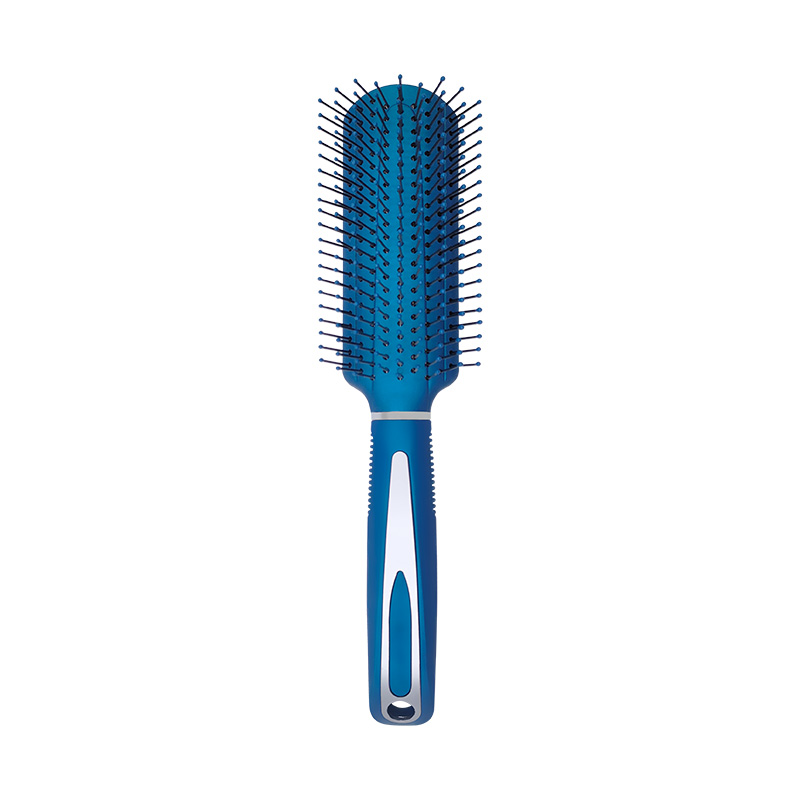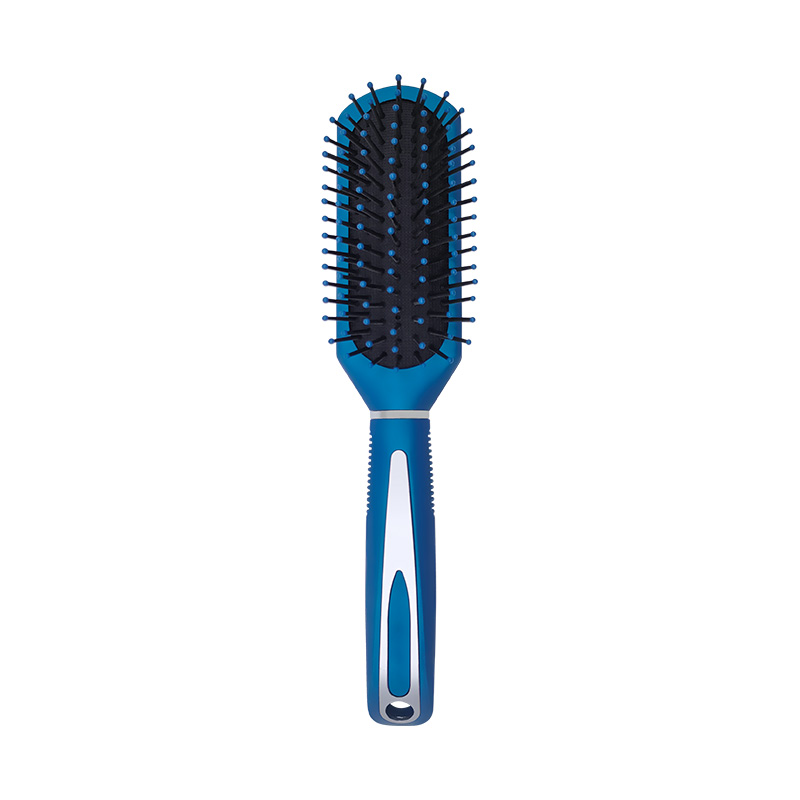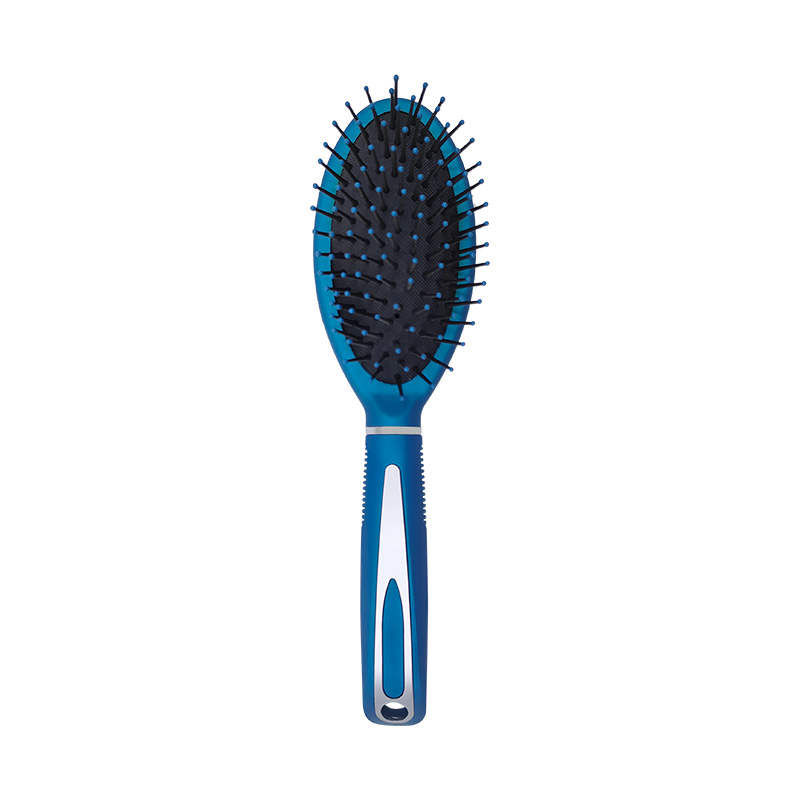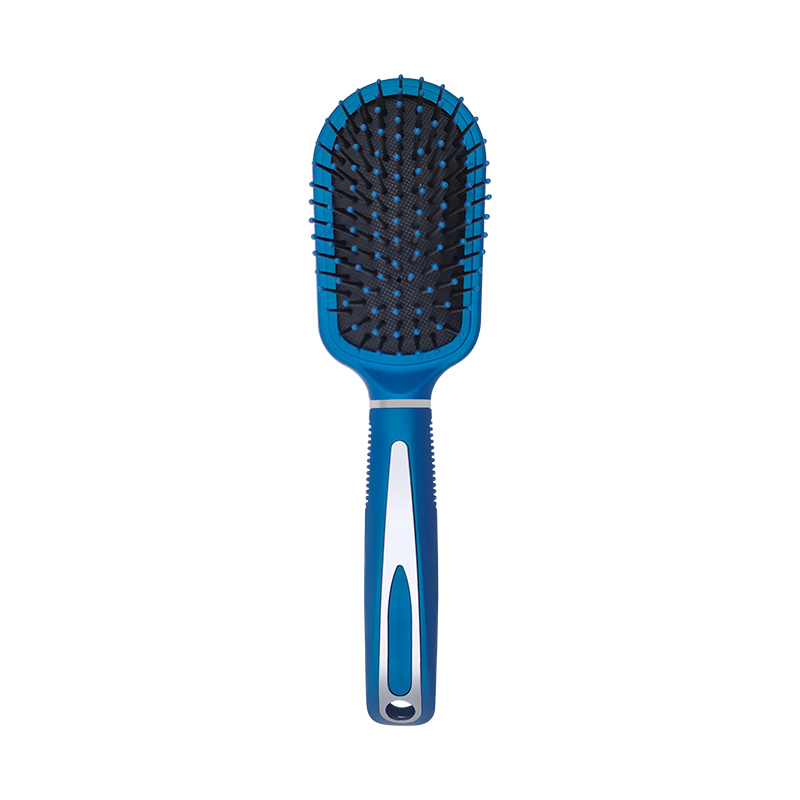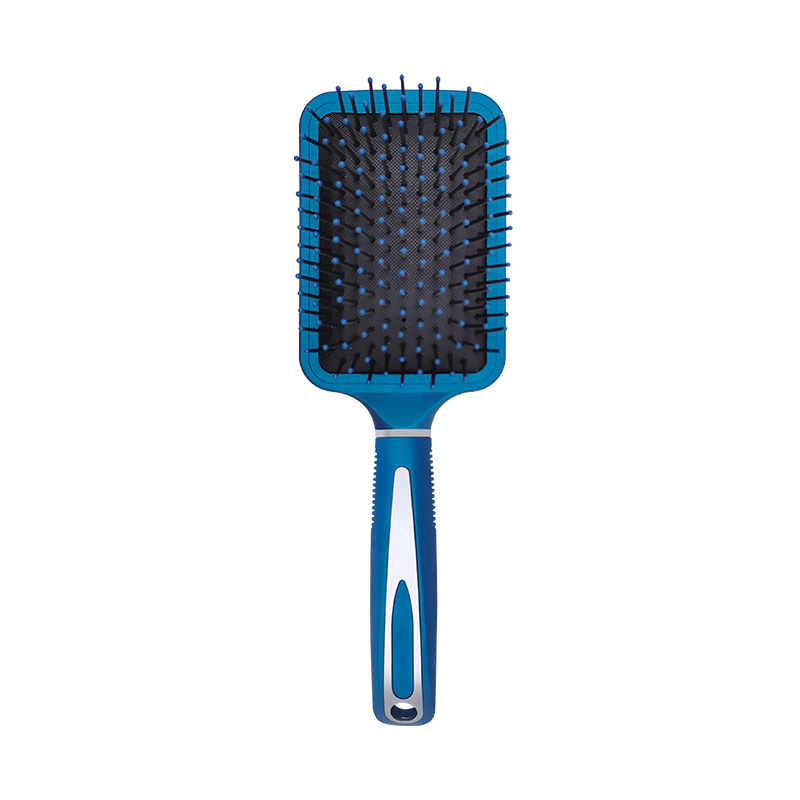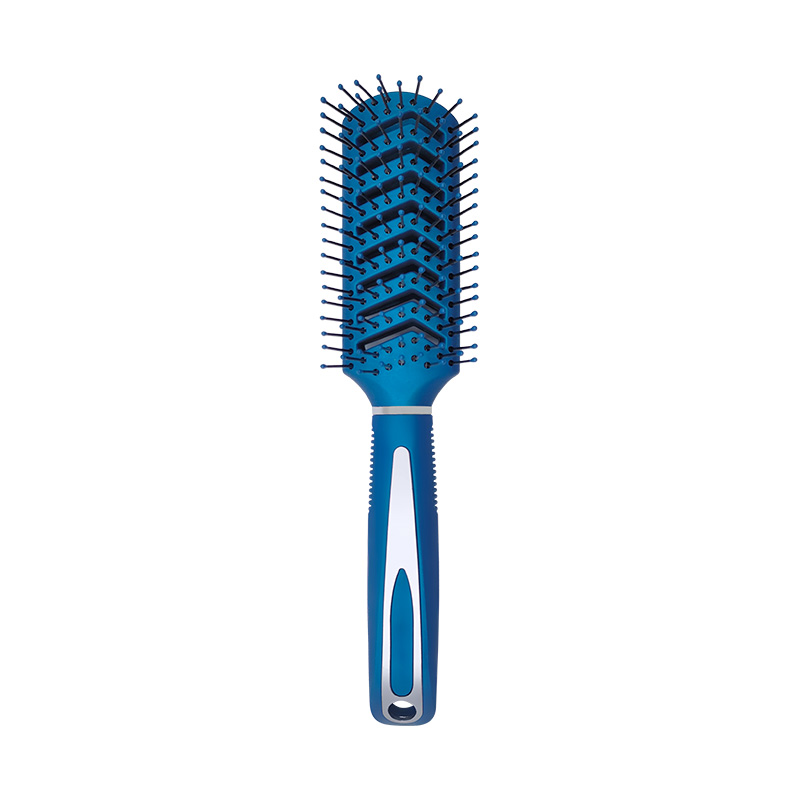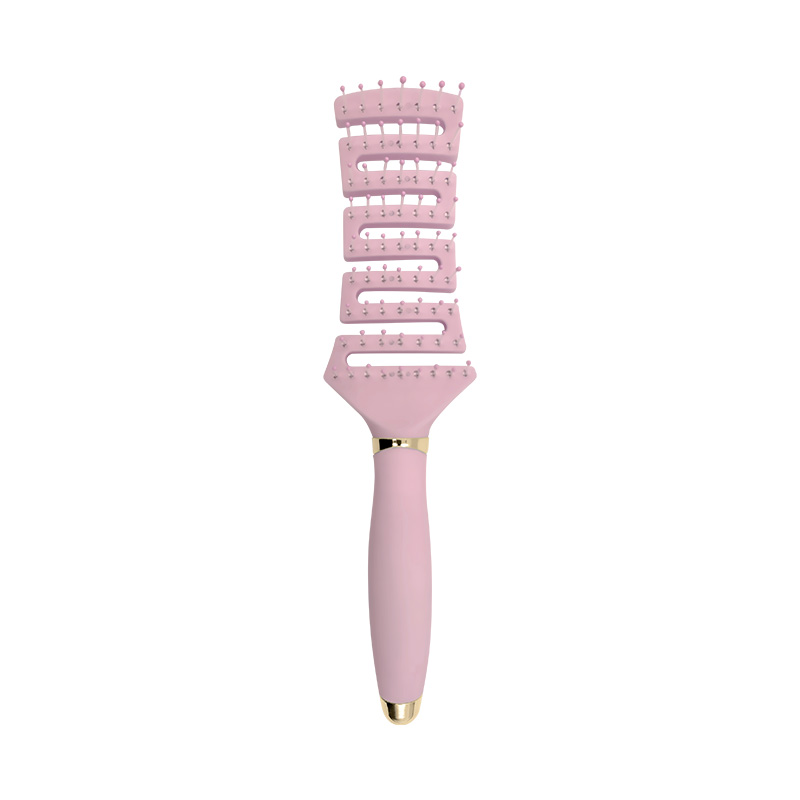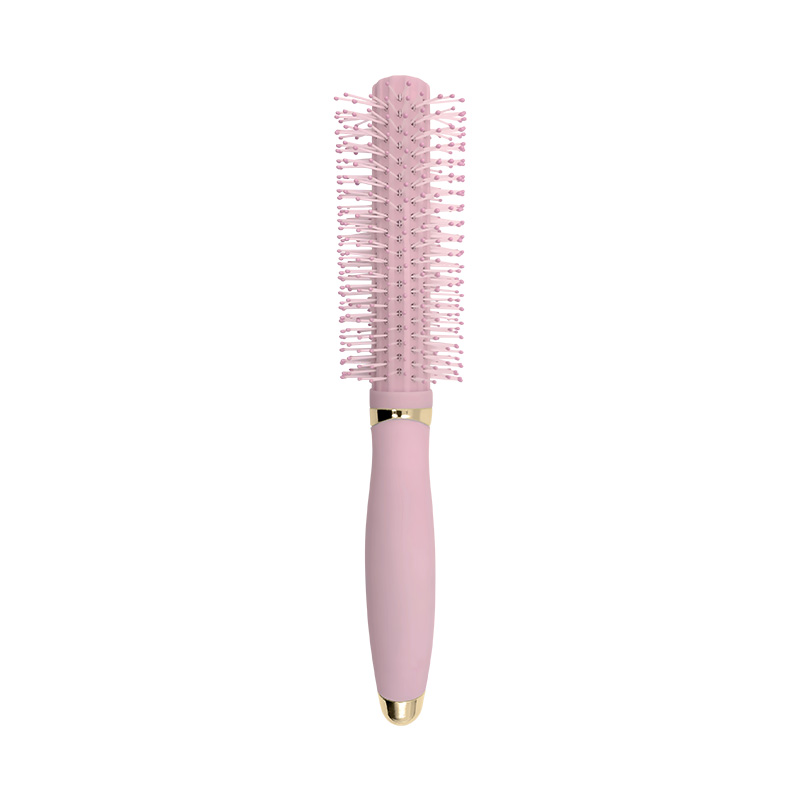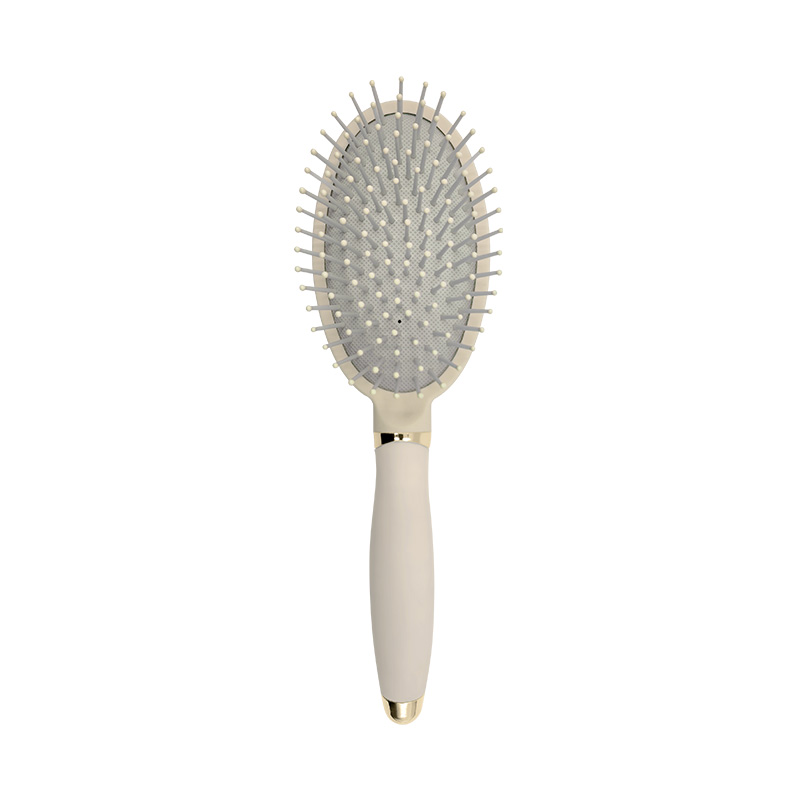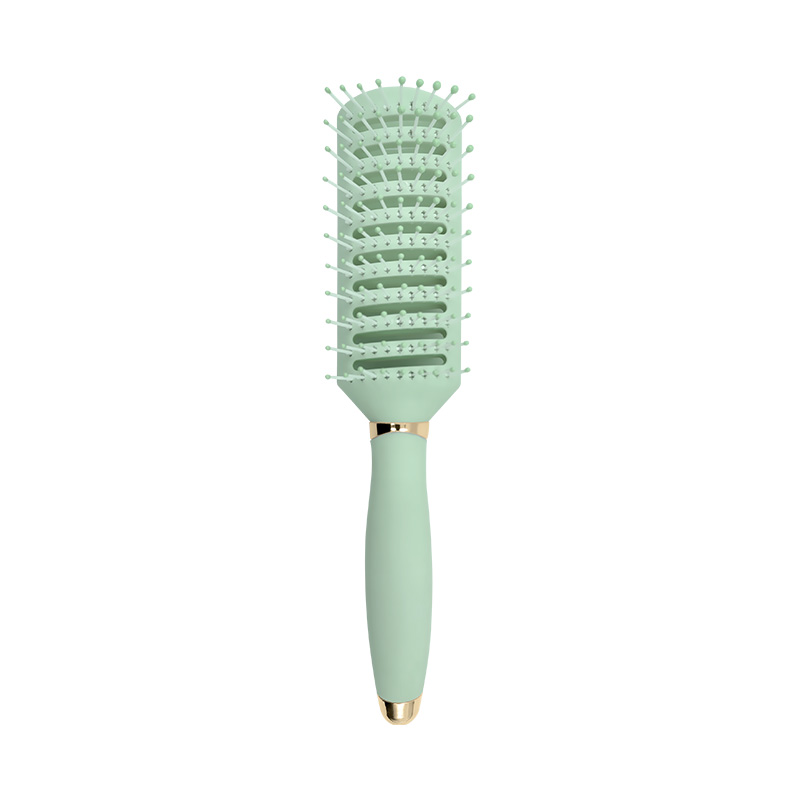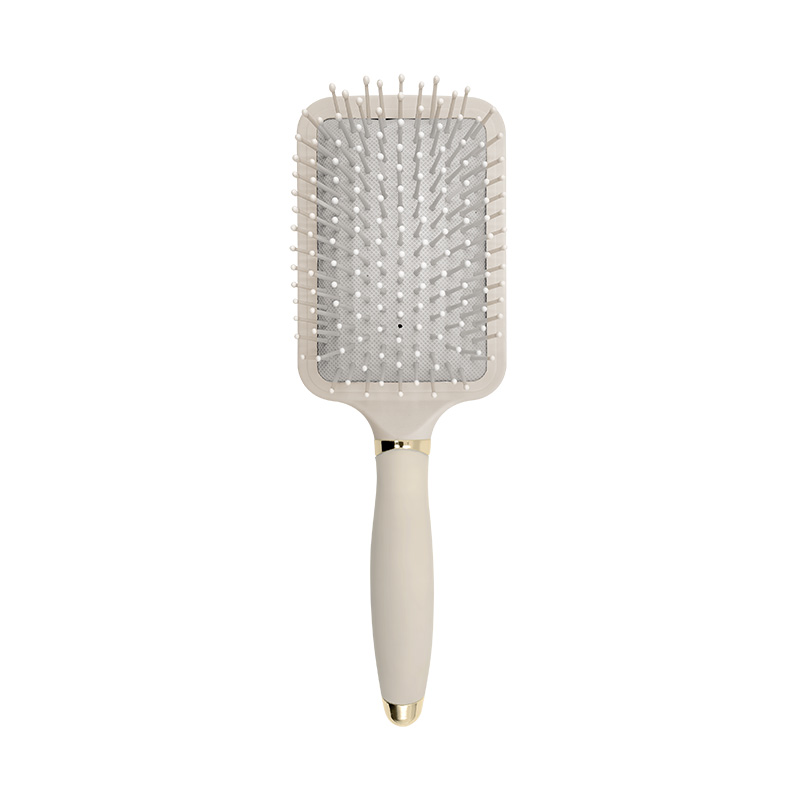The comb tooth design of Dressing Hair Brush occupies an important position in modern hairdressing tools. Its superiority is mainly reflected in the careful selection of materials and the scientific layout of the structure. High-quality comb tooth materials are the key to ensuring combing effect and service life. Dressing Hair Brush usually uses high-quality materials such as natural bristles, nylon and plant fibers. Natural bristles, with their unique flexibility and natural oil secretion characteristics, can gently comb hair and effectively distribute the natural oil of the scalp to the ends of the hair, thereby providing nourishment and protection for the hair. Nylon material is particularly suitable for all kinds of hair, especially fine and tangled hair, due to its wear resistance, antistatic and high temperature resistance. Plant fiber is an ideal choice for users with sensitive scalps due to its environmental protection and certain antibacterial properties. The use of these high-quality materials not only reduces damage to hair, but also improves the smoothness and comfort of combing.
The arrangement and shape design of the comb teeth is another significant advantage of Dressing Hair Brush. Its unique comb tooth arrangement promotes the even distribution of natural oils on the scalp, providing necessary nourishment and moisturizing for hair. The carefully calculated and optimized comb tooth shape can effectively remove tangles and entanglements on the hair, thereby reducing the pulling sensation during combing. This design not only improves combing efficiency, but also plays an important role in protecting the health of hair, significantly reducing the risk of damage caused by improper combing.
In terms of detail design, Dressing Hair Brush also pays attention to user experience. For example, the tips of the comb teeth are rounded to reduce irritation and potential damage to the scalp. This design not only improves the safety of use, but also increases the comfort during combing. In addition, the distance between the comb teeth is precisely calculated to meet the needs of different hair types. For fine and soft hair and hair that is easy to tangle, the distance between the comb teeth is smaller to reduce the pulling sensation during combing; while for coarse and curly hair, the distance between the comb teeth is larger, thereby improving the smoothness and efficiency of combing.


 简体中文
简体中文 English
English
